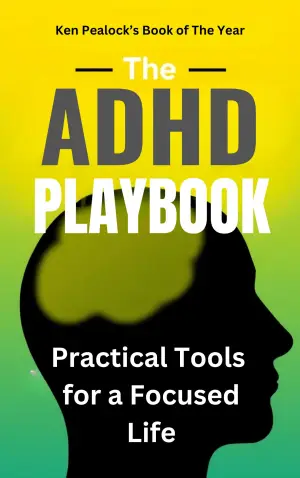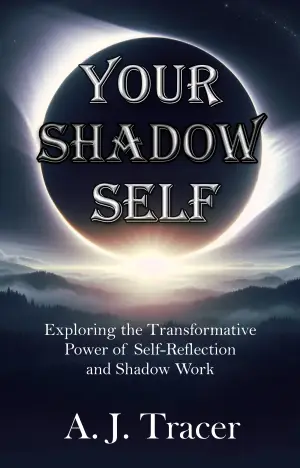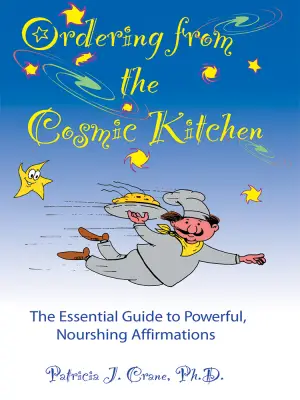Unpacking Discipline: A Personal Journey with The Science of Self-Discipline by Peter Hollins
Ah, self-discipline. The ever-elusive quality we all know we should have more of! When I stumbled upon Peter Hollins’ The Science of Self-Discipline: The Willpower, Mental Toughness, and Self-Control to Resist Temptation and Achieve Your Goals, I felt a spark of curiosity ignite within me. After all, if I could just crack the code to that discipline puzzle, wouldn’t life be a little easier? Little did I know that this book would not only unravel the mechanisms of self-discipline but also resonate deeply with my own struggles and aspirations.
Hollins masterfully weaves scientific insights into practical guidance on building self-discipline. The key theme is that willpower alone isn’t enough; achieving our goals requires engineering a disciplined mindset. He delves into the biological and psychological backgrounds of self-discipline, unraveling how our brains are wired to resist or succumb to distractions. This isn’t just theory; it’s interspersed with relatable anecdotes and actionable steps that transform abstract ideas into a concrete roadmap for improvement.
The writing style is engaging and accessible. Hollins does a fantastic job of breaking down complex concepts into digestible chunks, making them easy to grasp. I was particularly struck by how he emphasizes that self-discipline is more automatic than motivation—an essential distinction for anyone struggling with procrastination. His exploration of impulse control reminds me of something I often say: willpower is like a muscle, it needs to be exercised to grow stronger.
One memorable moment in the book comes when he discusses the famous marshmallow test, illustrating the importance of delaying gratification. I found myself reflecting on my own habits—like choosing to scroll through social media instead of tackling my to-do list. Hollins encourages a shift in perspective that leads to deeper understanding; in his words, “Discipline is choosing between what you want now and what you want most.”
One of the standout aspects of this book is its actionable takeaways. It doesn’t just tell you to “be disciplined,” but rather provides tools to create an environment conducive to self-control. From habits of high performers—like Navy SEALs—to the necessity of diagnosing what drains our willpower, Hollins offers a comprehensive toolkit I can now apply in my daily life. I cannot count the number of times I found myself underlining key passages that seemed to jump off the page, begging to be revisited.
As I turned the final pages, I felt equipped not just to tackle my own tendencies toward distraction but also eager to share these insights with others. The Science of Self-Discipline isn’t just a book for those struggling with self-control; it’s a guide for anyone eager to enhance their personal and professional lives. If you’ve ever felt that you’re your own worst enemy when it comes to accomplishing your goals, this book may well become your new favorite handbook.
In conclusion, I wholeheartedly recommend this book to students, professionals, or anyone caught in the cycle of procrastination and ambition. Hollins provides an invaluable blueprint to transform dreams into executable plans, reminding us that mastery over ourselves is indeed within reach. I encourage you to take the plunge—grab a copy and prepare to be inspired. After all, as Hollins states, “discipline is the skill of doing and executing,” and who wouldn’t want to master that?














